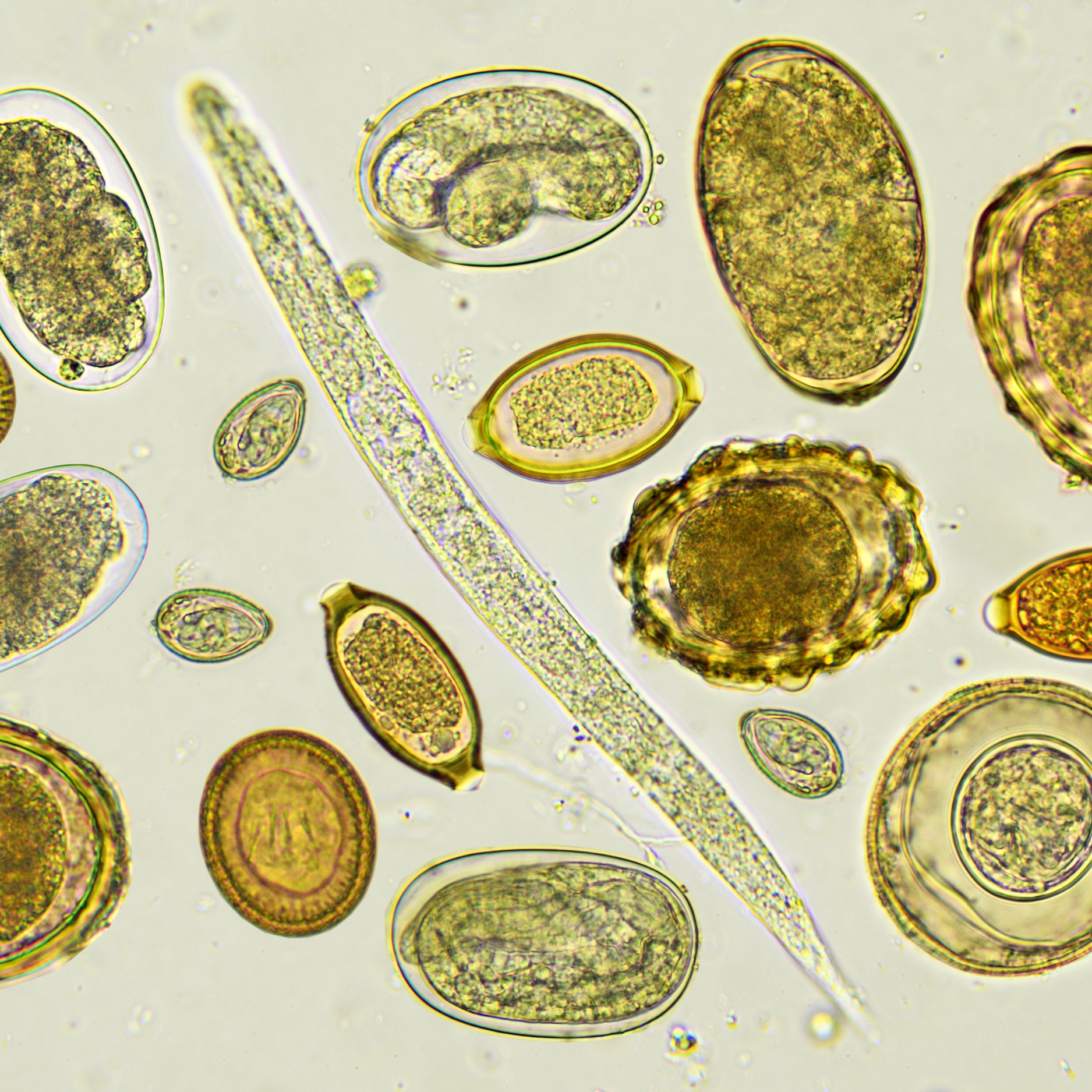In the desert, there is a small village surrounded by fine sand and scorching sun, called Mara. The residents here live in harmony with nature, working from sunrise to sunset. There is a young woman named Faisa in the village, with eyes as deep as the night sky and soft black hair. She is the "rising star" in the eyes of the villagers. Her beauty and gentleness made her famous in the village, and everyone was full of expectations for her future.
However, fate came suddenly like a storm in the desert, quietly changing her life.
One day, Faisa went to a water source on the edge of the desert to collect some water. The temperature difference between day and night in the desert is very large. The scorching sun during the day makes the earth hot, and the cold wind at night is biting. She was accidentally bitten by a small sand fly on the way. The bite of the sand fly seems insignificant, but as time goes by, strange redness, swelling and ulcers appear on Faisa's skin. Her face began to change, and her originally smooth skin gradually became unsightly.
As the wound expanded, Faisa's face became more and more terrible. Her eyes began to be covered by swollen skin, and the skin around her mouth began to rot. Her beautiful face was eroded by wounds and ulcers. She felt severe pain. Not only was the physical pain unbearable, but more importantly, she could no longer recognize her former appearance. The once eye-catching beautiful woman turned into a "monster" that the villagers could not look directly at.
As time went by, the villagers began to fear Faisha. They didn't know how to face her changes, nor could they understand the pain she was experiencing. Faisha became more and more lonely. She hid in the house and avoided contact with the villagers because she knew that when they looked at her, they were no longer sympathetic, but fearful.


